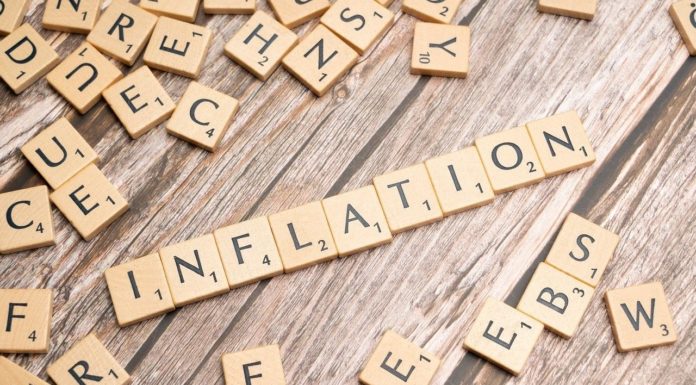(Mike Maharrey, Money Metals Exchange) No matter what you read about the December Consumer Price Index (CPI) data, you should keep one important fact top of mind: every number is far above the Federal Reserve’s 2 percent target.
Given that fact, it would seem the death of price inflation seems somewhat exaggerated.
The headline CPI for December came out hotter than expected. Prices rose 0.3 percent month-on-month, according to the latest data from the Bureau of Labor Statistics (BLS). The expectation was for a 0.2 percent increase. That pushed that annual CPI up to 3.4 percent from 3.1 percent in November.
Stripping out more volatile food and energy prices, core CPI rose by 0.3 percent. That equaled the 0.3 percent increase in November but was in line with estimates. The annual core CPI came in at 3.9 percent, down a tick from 4 percent the prior month.
It’s worth noting that core CPI has been hovering in the 4 percent range since July and remains nearly double the Fed’s 2 percent target.
To put the monthly core CPI increase in perspective, it would need to average just under 0.17 percent per month to hit the 2 percent annual target.
Keep in mind, inflation is worse than the government data suggest. The government revised the CPI formula in the 1990s so that it understates the actual rise in prices. Based on the formula used in the 1970s, CPI is closer to double the official numbers.
Digging more deeply into the numbers, rising shelter costs drove the overall CPI higher last month. Shelter prices rose 0.5 percent month-on-month and 6.2 percent on an annual basis.
Energy prices also reversed in December, charting a 0.4 gain after sliding 2.3 percent in November.
Food prices continue to creep up month after month. The food index rose 0.2 percent month-on-month, matching the November increase. On an annual basis, food prices rose 3.4 percent (not seasonally adjusted).
Reaction to the December Inflation Numbers
The higher-than-expected headline CPI dampened hope for interest rate cuts by the Federal Reserve, although many market analysts tried to spin the CPI report as “not that bad.”
Capital Economics chief North American economist Paul Ashworth told MarketWatch that the December CPI report doesn’t necessarily rule out the possibility of a rate cut as early as March. He said two big drivers of the CPI increase – used cars and shelter – will likely reverse in the coming months.
In short, we don’t think December’s CPI data necessarily rules out a March rate cut by the Fed.
Principal Asset Management chief global strategist Seema Shah was less sanguine.
Today’s inflation report reinforces the notion that the market had gotten a little overexcited around the timing of rate cuts. These are not bad numbers, but they do show that disinflation progress is still slow and unlikely to be a straight line down to 2 percent.
But she still penciled in rate cuts as early as mid-2024.
This optimism despite the actual CPI data underscores the fact that the markets are desperate for rate cuts because most people recognize that the debt-riddled economy can’t function long-term with interest rates at this level.
We’re already seeing signs of strain. There were more corporate bankruptcies in 2023 than there were during the pandemic year of 2020.
It’s important to recognize the mainstream wants the Fed to claim victory over inflation so it can go back to inflationary policies. In effect, an end to rate increases, subsequent rate cuts, and loosening monetary policy will eventually lead to more price inflation.
In other words, as soon as the Fed declares victory, inflation wins.
How?
Because rising prices are a symptom of monetary inflation. And monetary inflation is exactly what we will get when the central bank reverts to a looser monetary policy.
In fact, despite the rate hikes, the Fed hasn’t been nearly as aggressive in tightening monetary policy as you might think. From a historical perspective, financial conditions remain loose.
The Chicago Fed Financial Conditions Index confirms this. The NFCI ticked down to –0.51 in the week ending Jan. 5. A negative number indicates loose conditions.
Despite the fact rate hikes have cooled CPI in recent months, the Fed is still a long way from victory. And yet the mainstream remains convinced victory is imminent. The fact is, victory isn’t even in the cards. It’s more like surrender.



